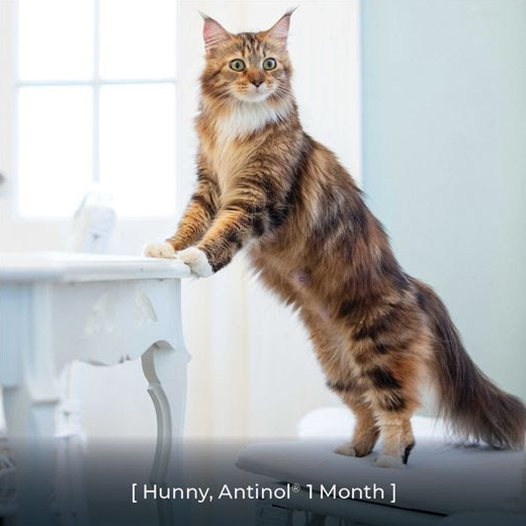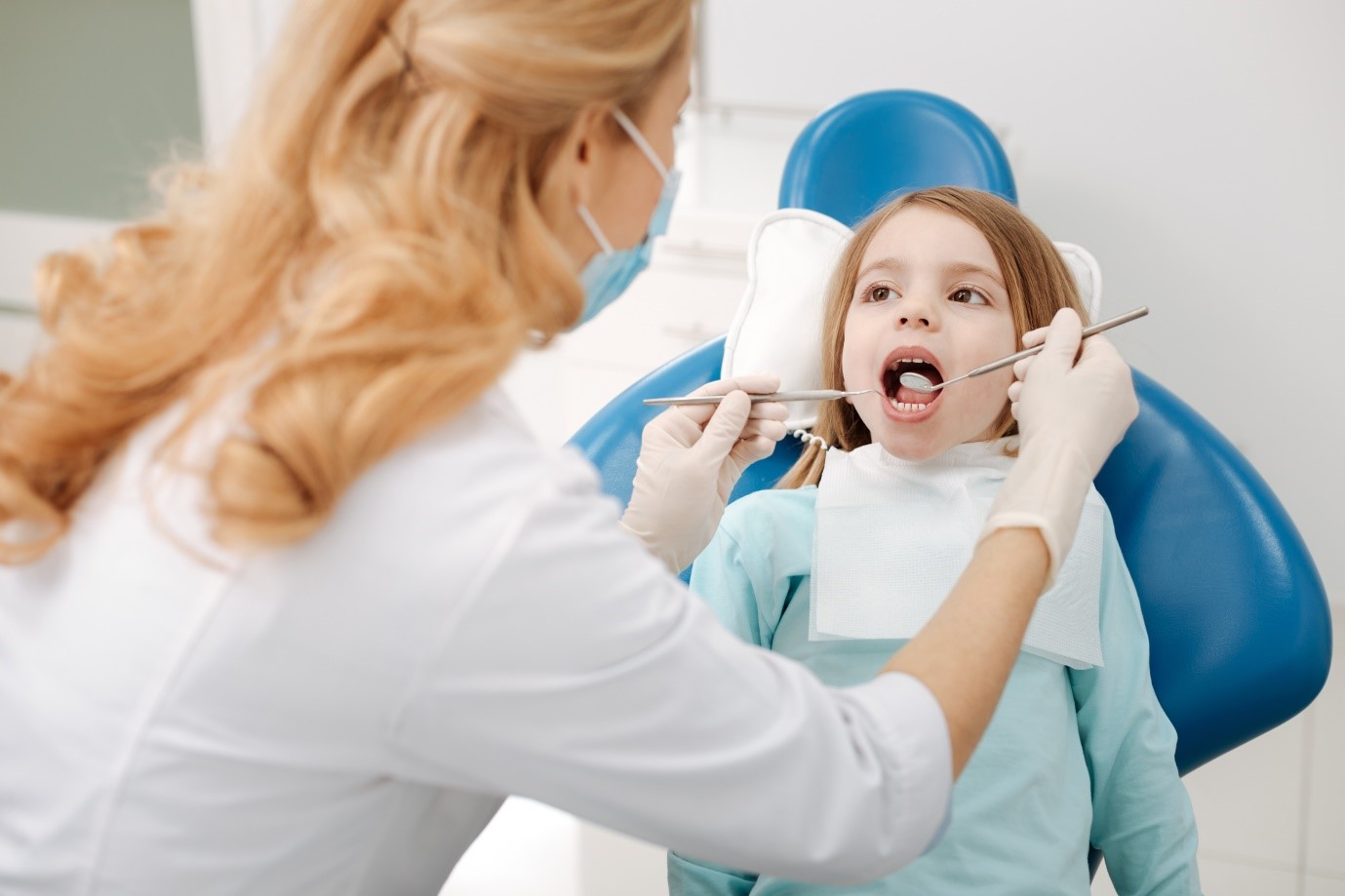Hip Dysplasia in Cats – Symptoms, Causes, Diagnosis
Physical disorders are common in cats. The most painful reason for pain and stiffness is feline hip dysplasia.
If not treated in a timely manner, your cat might need hip replacement surgery in future. Therefore, whenever you suspect that your cat is in pain or might have hip dysplasia, you should immediately find a solution to cat hip pain.
A number of genetic and environmental factors can cause hip dysplasia and osteoarthritis in cats. In today’s post, we discuss what are the underlying causes of feline hip pain, how to spot it and the right treatment solutions.
What is hip dysplasia?
Hip dysplasia is an orthopedic disorder that can affect the quality of life of both cats and dogs.
The condition results in hip malformation, in which the bones in the hip joint rub against each other and cause excruciating pain.
It is a progressive disorder that is not treated on time, it will result in the development of hip arthritis.
Signs that your cat might have hip dysplasia
If you want that your kitty lives a happy and comfortable life, you should be well aware of the warning signs of hip dysplasia.
Depending on the severity of the inflammation and cat joint pain, the signs of hip dysplasia may vary in different cats. However, the most common signs that you can spot easily are:
- No more jumping or climbing: Kitty are escape artists, they love to climb and jump to go from one place to the other. If you see that your cat is reluctant to jump or climb, maybe the hip joint is causing a problem.
- Limping or swaying: It’s time to go to a vet when you see your cat moving in an unusual manner. For instance, when the hind limb lameness becomes easily observable or the hind legs come too close when standing.
- Sad and crying cat: Pet parents are experts in understanding the pain demonstration of kitties. If you notice excessive licking in the hip area or you feel that the cat is crying because of the pain, get treatment immediately.
What are the causes of hip dysplasia in cats?
Cats can suffer from hip dysplasia regardless of their age. However, it is important to understand that certain breeds are more likely to suffer from this orthopedic disorder.
Beware, if your cat’s breed is Maine Coon, Persian or Himalayan. These breeds have shallow ball and socket joints that createexcessive movement and result in chronic hip pain.
Moreover, orthopedic disorders are more common as a cat starts to age. Certain environmental factors that contribute to the problem are:
- Obesity: If you feel that your cat has gained weight lately which increases muscle mass in the pelvic region, pay attention to the signs. Your cat might be suffering from a debilitating orthopedic disorder.
- Nutrition: Nutritional imbalance can contribute to the problem causing factors such as weight gain and obesity.
How is feline hip dysplasia diagnosed?
A thorough examination is helpful in assessing the range of motion, muscle mass and other obvious signs of hip problems.
Further, x-ray imaging is used to confirm the shallowness of the hip socket.
What are treatment options for hip dysplasia in cats?
The treatment options are limited when it comes to hip dysplasia in cats. The treatment options can be divided into two categories, i.e. surgical and non-surgical treatment.
Non-surgical
Lifestyle changes
Exercise
Weight management
Anti-inflammatory medicines
Surgical
In case the above treatment choices fail, your kitty might need hip replacement surgery. After the surgery, the cat might lead a normal life but slight limping would be noticed.
Which is the best treatment for cat hip dysplasia?
There is no need to let your cat face a surgical knife. Lifestyle modifications are helpful in managing pain and reducing the risk of osteoarthritis.
Apart from healthy weight management and an exercise routine, you can try wellness supplements to let your kitty lead a comfortable life.
Doctors may prescribe anti-inflammatory drugs to reduce pain and stiffness. However, such drugs can be fatal to your cat when used for a longer period. A safer and side effect alternative in nature inspired wellness and joint health supplements.
There are no known side effects of supplements that offer hip dysplasia and arthritis relief for cats.
These nature powered supplements have potent ingredients to cure inflammation and can be given every day. Make sure to pick a supplement that is clinically proven and backed by safer ingredients. A potent formula ensures active goodness and within 15 days you would notice results in your cat’s hip movements.
The goodness of marine lipid concentrate can offer remarkable improvement in your cat’s mobility and hip joint issues. Visit the link given below to shop for a unique and sustainable joint health supplement that is safe for long term use.

Recent Post
What is The Meaning of a Medusa Tattoo?
January 9, 2025
The Meaning of Encanto in Spanish and Origin
January 4, 2025
Equivalent Phrases For “Including But Not Limited To”
December 30, 2024
How To Make Weekend Greetings More Fun?
December 30, 2024
10 Modern Sayings Similar To “Be There Or Be Square”
December 30, 2024









